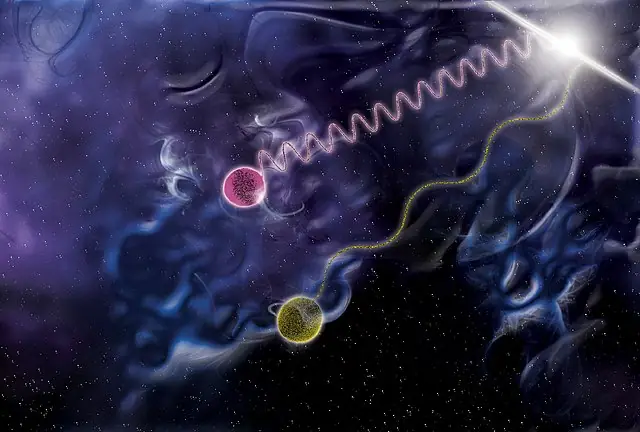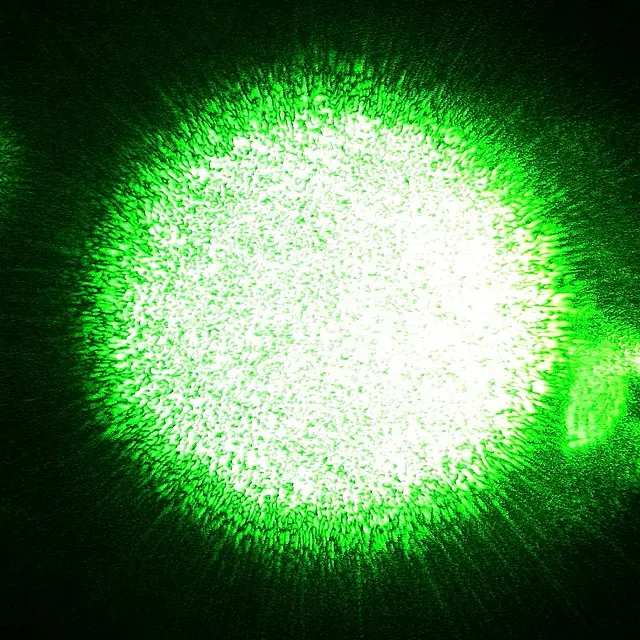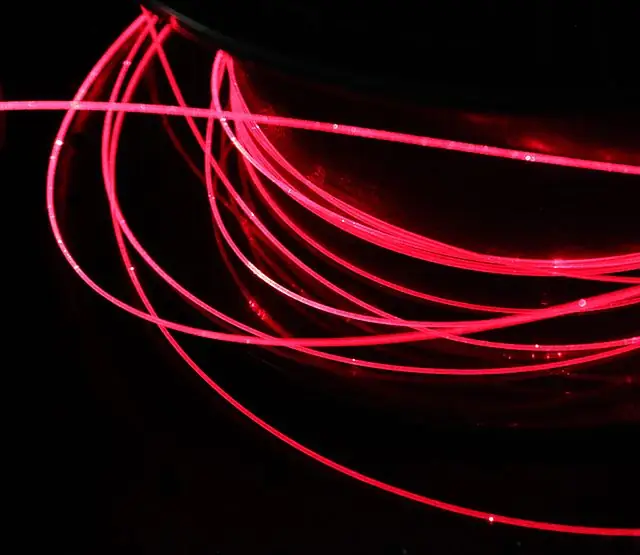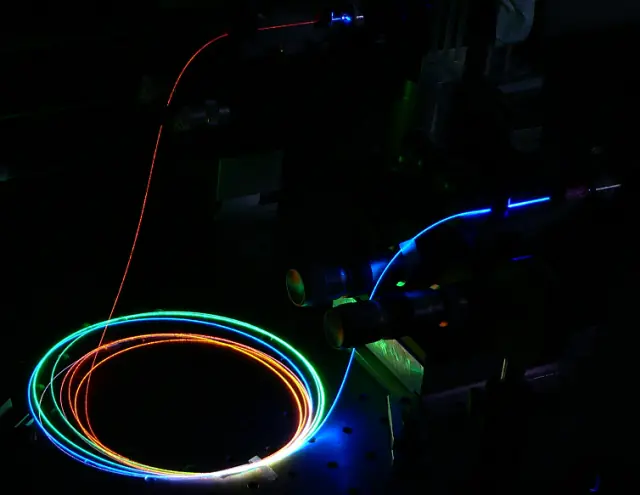Researchers at University of Strathclyde Develop Plasma Mirrors Surpassing Conventional Optics by Orders of Magnitude

Researchers from the University of Strathclyde have developed laser-driven ‘plasma mirrors’ that are capable of reflecting or manipulating light. These ‘mirrors’ are produced in research that was led by Professor Dino Jaroszynski of the university’s Department of Physics. According to Professor Jaroszynski, the new research has significantly advanced the state-of-the-art of high-power lasers by proposing new methods for creating optical elements, which are more robust than existing elements and also transient, making them unique.
The new ‘mirrors’ are produced by layering plasma using counter-propagating laser beams. The counter-propagating laser beams produce a beat wave in plasma that drives electrons and ions into a regular layered structure, which acts as a very robust, high reflectivity mirror. This mirror exists only fleetingly, for a few picoseconds, long enough to allow very intense laser light to be reflected or manipulated.
The transient layered plasma is known as a volume Bragg grating, similar to Bragg structures found in crystals, and is only a few millimeters across. It has the potential to be developed into a variety of plasma-based, high damage-threshold optical elements that could lead to small footprint, ultra-high-power, ultra-short pulse laser systems. The new way of producing mirrors and other optical components points the way to developing the next generation of high-power lasers, from hundreds of petawatts to exawatts.
According to Dr. Gregory Vieux, who designed and undertook the experiments at the Science and Technology Facilities Council’s Rutherford Appleton Laboratory, the new way of producing transient robust plasma mirrors could revolutionize accelerators and light sources. He stated that it would make them very compact and capable of producing ultra-short duration ultra-intense pulses of light, that are much shorter than can be produced easily by any other means. Plasma can withstand intensities up to 10^18 watts per square centimeter, which exceeds the threshold for damage of conventional optics by four or five orders of magnitude, allowing the size of optical elements to be reduced by two or three orders of magnitude, shrinking meter-sized optics to millimeters or centimeters.
The new research has the potential to make high-power lasers more widely available, transforming the way science is done. A university could have these tools in a single room, on a table top, for a reasonable price. The new method presented would also be of wide interest to a diverse community developing and using high-power lasers. The group is now planning further proof-of-principle experiments to demonstrate the robustness and fidelity of the plasma optical elements.
The development of laser-driven ‘mirrors’ capable of reflecting or manipulating light by the researchers at the University of Strathclyde is a significant advancement in the field of high-power lasers. The new method of producing transient robust plasma mirrors could revolutionize accelerators and light sources, making them more compact and capable of producing ultra-short duration ultra-intense pulses of light. This research has the potential to transform the way science is done, making high-power lasers more widely available and accessible.






